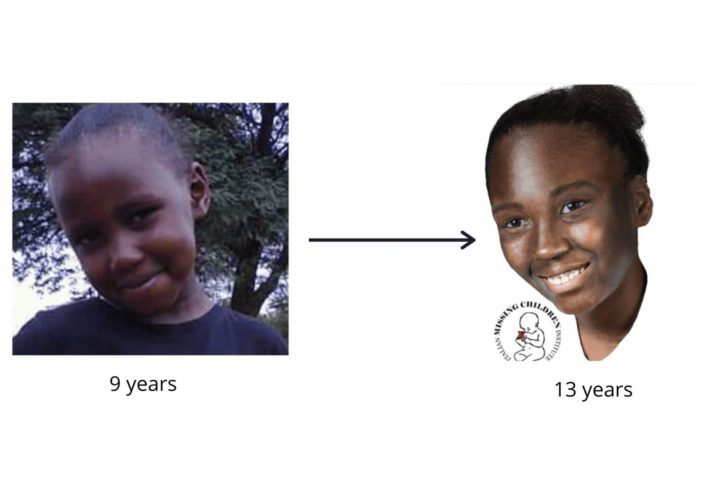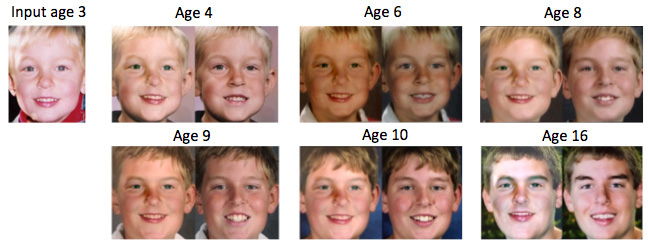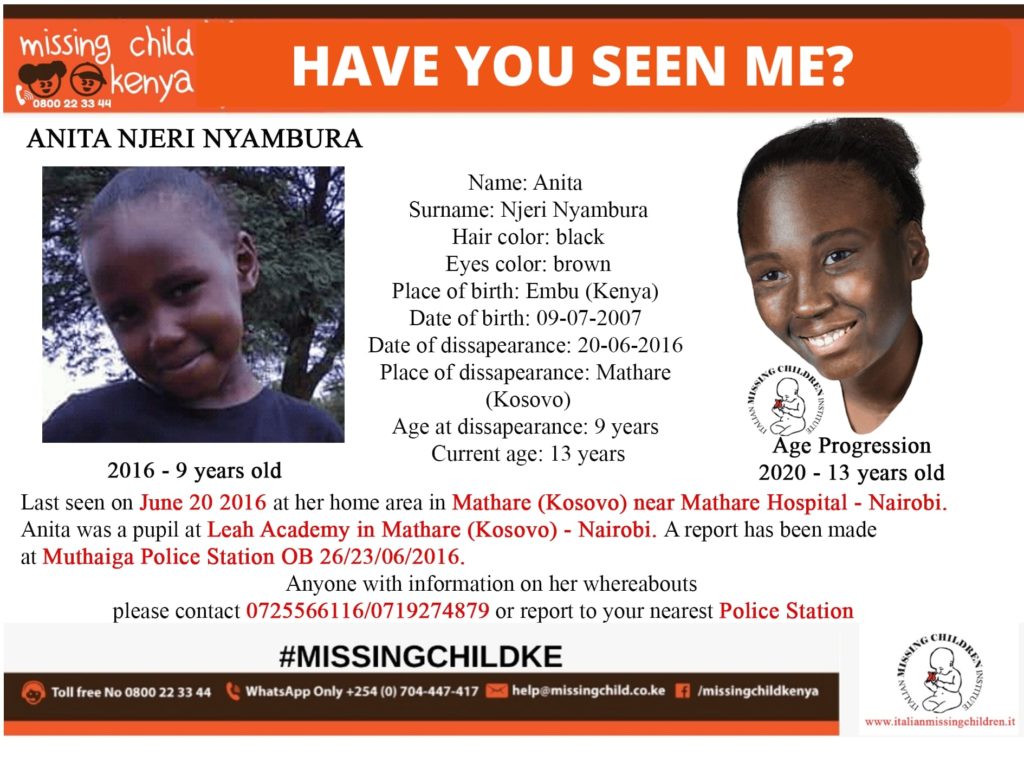Using Facial progression AI to find missing children in Kenya
March 23, 2021
Faces are as unique as fingerprints and can reveal a great deal of information about our health, personalities, age, and feelings. As someone grows, many of their facial features change, as a result of the different environments, activities, and nutrition among other factors. There have been many attempts and successful developments from the scientific field that aim to simulate and understand how different people’s facial features change with age. Facial progression technology or age progression technology is defined as aesthetically re-rendering a face with natural aging or rejuvenating effects in any future age for an individual face. This technology can be used for different cases such as cross-age verification, cross-age face recognition, age estimation, and entertainment. One very familiar example that most social media users in Kenya might be familiar with is the Face App application that enabled people to simulate their faces across different ages, with the most popular one being the advanced age filter.

Apart from the entertainment use case, face progression software can also be used in critical use cases such as finding missing children. Finding a missing child after a long period of time, say 8 or 10 years can be challenging due to significant changes in facial features. Technologies such as facial progression, therefore, come in handy to help parents or officials to estimate the change in facial features of a missing child, consequently making it easier for them to be identified.

One organization in Kenya, Missing Child Kenya is using age-progression technology, specifically, facial regression to enhance their process of finding missing children. Missing Child Kenya, founded in July 2016, is a nonprofit community-led initiative that uses technology and crowdsourcing to search, trace and reunify missing, displaced, lost, and found children. According to Maryana Munyendo, Founder and Executive director of the organization, between July 2016 to November 2020, Missing Child Kenya has found and reunited 496 children with families, committed 73 children to Government homes for safe care and custody, documented 21 children as deceased and are still searching for another 190, making that a total of 780 children in the case files.
Missing Child Kenya signed a landmark partnership with Italian Missing Children Institute to provide support for forensic imaging, photographic manipulation techniques, facial reconstruction techniques, adult age progression, and photo repair of their database of missing Kenyan children. In a move to enhance their operations using technology, the organization signed a landmark partnership with Italian Missing Children Institute to provide support for forensic imaging, photographic manipulation techniques, facial reconstruction techniques, adult age progression and photo repair of their database of missing Kenyan children. The usefulness of applying this technique lies in updating the missing children’s mug shots every two years and, for individuals over the age of 18, every five years. In this way, it is possible to circulate images consistent with the age of the missing child and therefore, make their search more effective. So far, the organization has worked with four families to begin the project. The first case Missing child Kenya dealt with was of Anita Njeri Nyambura, who went missing in 2016. They worked with the family to provide images of the missing child by simulating changes in her appearance over the years.

Generative Adversarial Networks(GANs) are one of the key AI techniques in computer vision that are driving the advancement of facial aging technology. You can read more about the latest techniques and applications of facial progression technology in this paper by Xiangbo Shu.
Are you working on a project that uses facial identification or facial suppression technology? Would you like to collaborate with Missing Child Kenya through resource sharing? Reach out to us on our partnership page for help in facilitating the connection.
Reference
Derived article with references from a post on Citizen TV website
Article edited by Alfred Ongere

